No products in the cart.
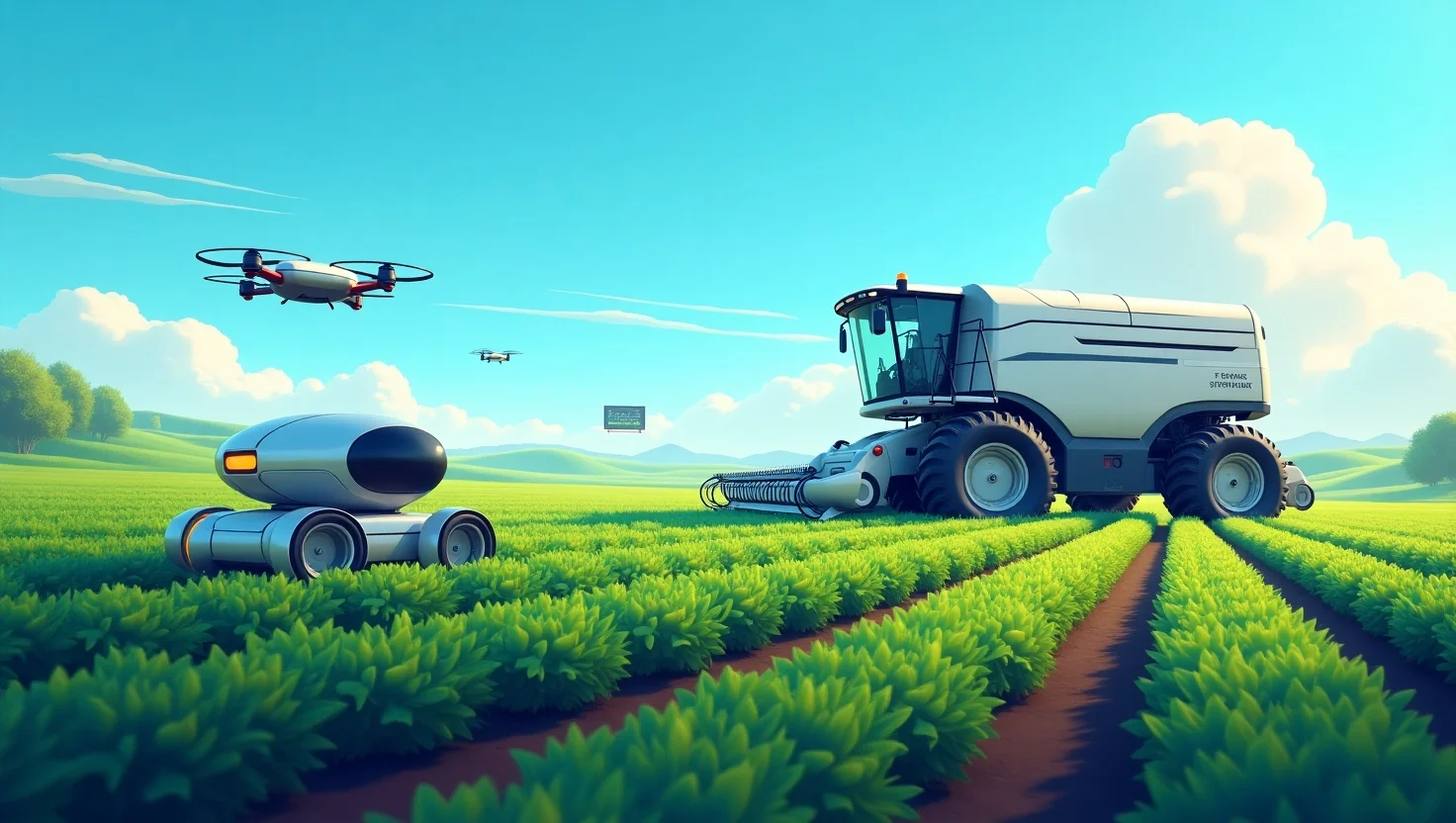
1. Introduction:
“Farmers today don’t just need tractors, they need algorithms.”
That may sound like a bold statement, but it’s becoming a reality faster than many imagined. Agriculture is facing a perfect storm: unpredictable weather patterns, labor shortages, rising input costs, and an ever-growing demand for food. Traditional farming methods, though foundational, are struggling to keep up. To feed a global population expected to reach nearly 10 billion by 2050, we need smarter, faster, and more sustainable solutions. That’s where AI in farming comes in.
Artificial Intelligence (AI) is no longer reserved for labs or tech companies, it’s already being used in the fields, by large-scale operations and smallholder farms alike. From real-time crop monitoring to automated irrigation and pest detection, AI is reshaping how we grow food. And it’s not just about productivity. It’s about sustainability, resource efficiency, and empowering farmers with data-driven decisions that were never possible before.
What makes AI in agriculture truly powerful is its ability to process massive amounts of data—soil conditions, weather forecasts, satellite images, plant health indicators, and turn that into actionable insights. This means a farmer can now get precision recommendations on where to plant, when to water, or how to stop a disease before it spreads.
This article will guide you through real-world applications, practical benefits, and even the challenges of using AI in farming today. Whether you’re running a high-tech greenhouse or managing a small rice field, AI farming tools are becoming more accessible and more essential than ever before.
So let’s dig in: Why is AI the future of farming? And how can it help you grow smarter, save more, and thrive in tomorrow’s agriculture?
2. What Is AI and How Can It Help Farmers?
Many farmers hear the term Artificial Intelligence (AI) and think of robots or big-city tech, but AI doesn’t have to be complicated. At its core, AI is a tool that helps machines “learn” from data and make smarter decisions, similar to how a farmer learns from years of experience in the field. The difference? AI can analyze thousands of data points in seconds and spot patterns we might miss.
In agriculture, AI is being used in everyday tools: drones that scan crops, soil sensors that measure moisture levels, and mobile apps that detect pests from a photo. These technologies fall under a growing field known as smart agriculture, where farming decisions are backed by real-time data and automation.
Here’s how AI can directly help farmers:
- Reduce guesswork: AI models can predict the best planting times or identify the early signs of disease before it spreads.
- Save time and labor: Automated systems can handle tasks like irrigation or weeding with minimal human input.
- Boost productivity: AI helps farmers increase yield while using fewer resources, less water, fertilizer, or pesticide.
One of the most accessible examples is a smart irrigation system. Instead of watering crops on a fixed schedule, the system uses AI to understand weather forecasts, soil data, and crop needs to deliver water only when necessary, saving both money and water.
For smallholder farmers, AI apps on mobile phones now offer access to insights that once required expensive equipment or expert advice. It’s about leveling the playing field and bringing modern tools to every farm, big or small.
In short, AI in agriculture isn’t about replacing farmers, it’s about giving them superpowers. By combining traditional knowledge with smart tools, farmers can grow more with less effort and face the future with confidence.

3. Practical Benefits of AI on the Farm
AI isn’t just a buzzword, it’s delivering real, measurable value on farms across the world. From increasing profits to reducing environmental impact, the benefits of smart farming technologies are changing the game.
3.1 Better Yields Through Precision
With AI-driven systems, farmers can monitor every inch of their fields with unmatched precision. AI tools use drone imagery, weather data, and satellite inputs to create custom recommendations, like when to fertilize or where a crop is underperforming. This results in healthier crops and higher yields, without wasting resources.
3.2 Resource Efficiency
AI helps optimize how and when resources like water, fertilizer, and pesticides are used. For example, AI-powered irrigation systems track weather forecasts and soil conditions to avoid overwatering. This conserves water, lowers utility bills, and prevents soil degradation. In fact, farms using AI for water management report savings of up to 30% in water use.
3.3 Cost and Labor Reduction
By automating routine tasks like weeding, seeding, or crop spraying, AI reduces the need for manual labor, which is especially critical during labor shortages. AI systems also detect plant diseases early, helping farmers avoid costly crop losses and minimize chemical usage.
3.4 Sustainability & Climate Resilience
AI enables climate-smart agriculture by helping farmers adapt to changing conditions. It supports data-driven decisions that reduce environmental harm while maintaining productivity. This is key to building a sustainable future for agriculture.
The real-world impact? Farmers save time, reduce costs, and grow more, all while being gentler on the planet. That’s a win-win future.
4. Challenges: Barriers to AI Adoption in Rural Areas
While the benefits of AI in agriculture are clear, there are several challenges that hinder widespread adoption, especially in rural areas. These obstacles must be addressed for AI to reach its full potential and provide solutions for smallholder farmers and remote communities.
4.1 High Initial Costs
For many farmers, the cost of implementing AI systems can be a significant barrier. The initial investment in AI-powered tools, sensors, and technology can be prohibitive, particularly for small or medium-sized farms. While the long-term benefits often outweigh these costs, securing the upfront investment remains a challenge.
4.2 Lack of Internet Connectivity
A crucial element of AI in agriculture is access to real-time data, which often requires reliable internet connectivity. Unfortunately, many rural areas, especially in developing countries, still struggle with limited or unstable internet access. Without this connectivity, the effectiveness of AI tools is severely reduced, making it difficult for farmers to fully leverage AI technologies.
4.3 Digital Literacy and Training
Another significant barrier is the digital literacy gap. For farmers who are not familiar with technology, adopting AI may seem overwhelming. There is a need for comprehensive training programs and user-friendly platforms to help farmers understand and operate these tools effectively.
4.4 Data Privacy and Security Concerns
With AI systems collecting vast amounts of data, including personal and sensitive farm information, there are concerns about data privacy and cybersecurity. Farmers must feel confident that their data is protected and used responsibly.
While these challenges are significant, solutions are emerging. Governments, tech companies, and NGOs are working together to provide affordable AI solutions, improve internet infrastructure, and offer training programs to help farmers succeed in the digital age.

5. Simple Steps to Start Using AI on Your Farm
Adopting AI doesn’t have to be a complex or expensive process. For farmers eager to improve their operations with smart agriculture, there are several simple steps to start integrating AI into their farming practices.
5.1 Start Small with AI Apps
One of the easiest ways to begin is by using mobile apps designed for small farms. These apps can help farmers monitor soil health, weather patterns, and pest activity. Many of these AI-driven platforms offer user-friendly interfaces, making them accessible even to those with limited tech experience. Apps like Plantix and AgriDigital provide simple ways for farmers to tap into AI-powered insights from their smartphones.
5.2 Install Smart Sensors
If you’re looking to make a more direct impact on your farm’s productivity, consider starting with smart irrigation or soil moisture sensors. These systems use AI to analyze real-time data and optimize water use, making it easier to reduce waste and lower costs. The best part? Many of these tools are scalable, meaning you can start with a small investment and expand as your farm grows.
5.3 Use AI for Crop Health Monitoring
Another simple but powerful tool is AI-powered crop monitoring. Drones and satellites equipped with AI can scan your crops to detect early signs of disease or nutrient deficiencies. These systems can alert you to problems in real-time, allowing you to take action before a small issue becomes a big one. For instance, precision agriculture tools can help farmers make more accurate decisions on when to spray pesticides or apply fertilizers.
5.4 Join Pilot Programs or Seek Government Support
For those worried about the costs, many governments and organizations offer grants, subsidies, or pilot programs to help farmers adopt AI tools. It’s worth exploring local initiatives aimed at improving agricultural productivity through technology.
6. Conclusion: The Time to Act Is Now
The future of farming is already here, and it’s powered by AI. From crop management to water conservation, AI technologies are transforming agriculture in ways we couldn’t have imagined just a few years ago. But for these technologies to reach their full potential, it’s up to farmers, agricultural tech companies, and governments to work together and make AI accessible to all.
A Call for Immediate Action
The reality is, the sooner you start integrating AI tools into your farm, the more you’ll benefit. While some may hesitate, fearing the costs or the complexity, the truth is that early adopters have already seen improved yields, reduced input costs, and more sustainable practices. These early successes show that AI isn’t just for big farms—it’s scalable and can provide value at all levels.
Stay Ahead of the Curve
As the agriculture industry evolves, the farmers who embrace innovation will remain competitive. With AI, farmers can stay ahead of changing weather patterns, market demands, and global food shortages. And in the long run, this means a more resilient and sustainable future for farming.
It’s a Win-Win for Everyone
By embracing AI, farmers aren’t just improving their own operations—they’re also contributing to a more food-secure world. AI-driven agriculture is essential to addressing the growing challenges of feeding a global population. And with tools that are becoming more affordable, the opportunity to get involved has never been better.
So, whether you’re a tech-savvy farmer or just starting to explore AI tools, the time to act is now. Invest in AI, and prepare your farm for the future of agriculture.
FAQs:
Q 1. How is AI transforming modern agriculture?
AI is revolutionizing agriculture by enabling precision farming techniques. Through real-time data analysis, AI helps farmers monitor crop health, optimize irrigation, and predict yields, leading to increased efficiency and reduced resource usage.
Q2. What are the benefits of using AI in farming?
The integration of AI in farming offers numerous advantages, including enhanced crop monitoring, improved pest control, efficient resource management, and higher yields. AI-driven tools assist farmers in making informed decisions, ultimately boosting productivity and sustainability.
Q3. What are the challenges of implementing AI in agriculture?
While AI offers significant benefits, challenges include the high cost of technology adoption, the need for technical expertise, and the integration of AI systems with existing farming equipment. Small-scale farmers may also face difficulties accessing and utilizing AI tools effectively.
Q4. How does AI contribute to sustainable farming practices?
AI contributes to sustainability by optimizing resource usage, reducing waste, and minimizing environmental impact. For instance, AI can precisely control irrigation and fertilizer application, leading to conservation of water and soil health.
Q5. What are some real-world applications of AI in agriculture?
Real-world applications of AI in agriculture include autonomous tractors, drone-based crop monitoring, predictive analytics for yield forecasting, and AI-powered irrigation systems. These technologies are being adopted globally to enhance farming efficiency and productivity.
Related Articles
Soil & Water Management
How AI Can Help Young Farmers Succeed in U.S. Agriculture
1. Introduction: Farming in the United States is at a crossroads. With...
Soil & Water Management
AI and Sustainable Farming: Can Technology Save the Planet?
1. Introduction: Can the very industry that feeds the world also be...
Soil & Water Management
AI for Seed Selection: Choosing the Right Crops for Maximum Yield
1. Introduction: Every successful harvest begins with one critical decision, choosing the...
Soil & Water Management
AI in Soil Health: How Smart Tech is Improving Crop Productivity
1. Introduction: Healthy soil is the foundation of a productive farm, but...
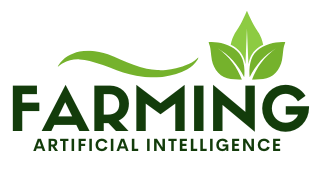

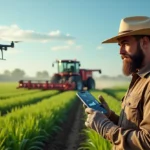
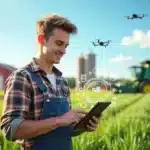



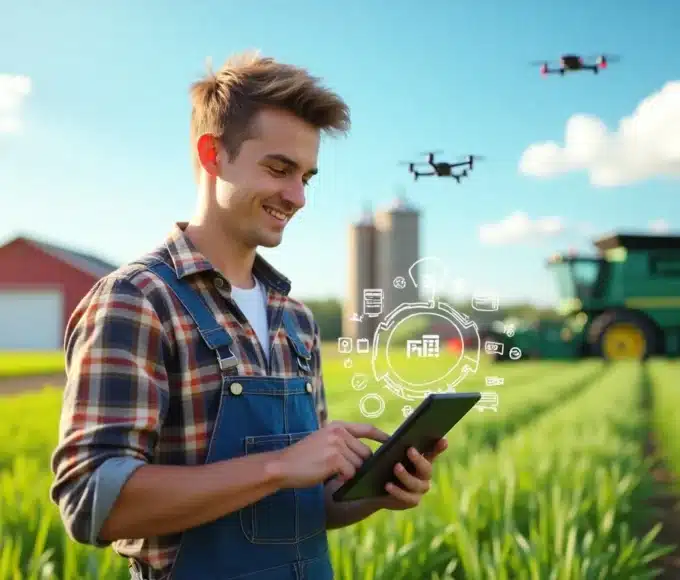
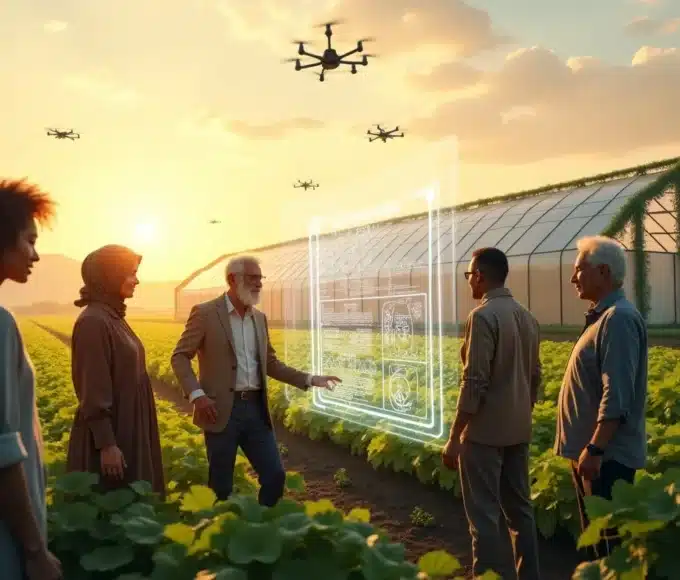
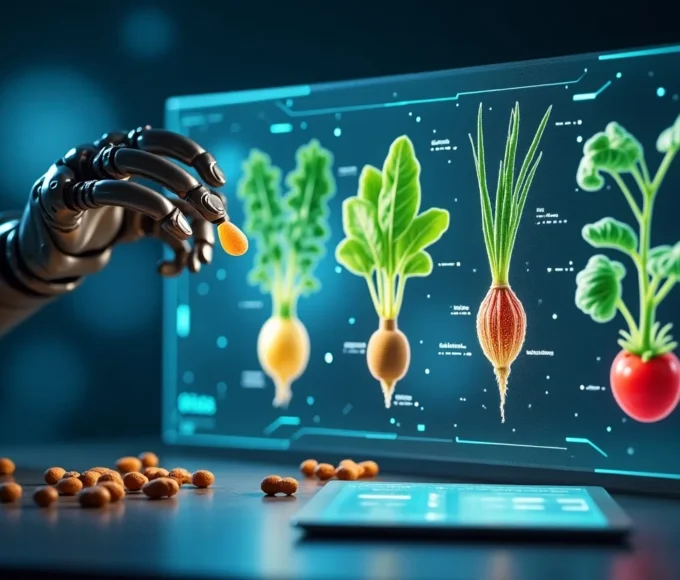
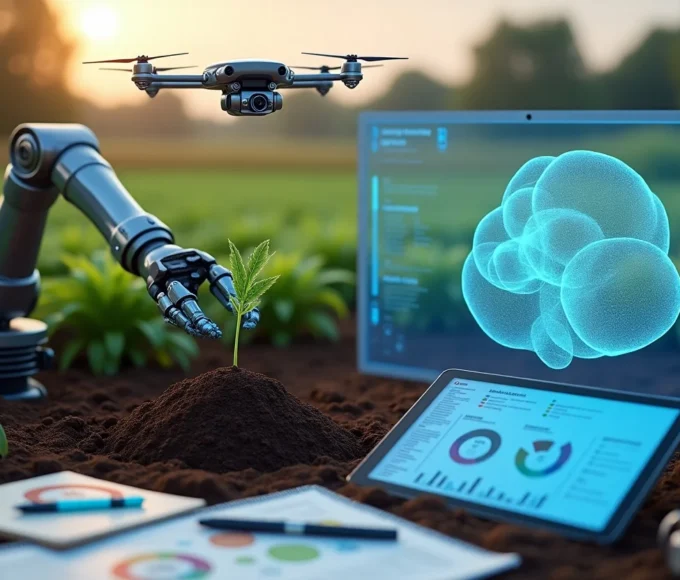
Leave a comment